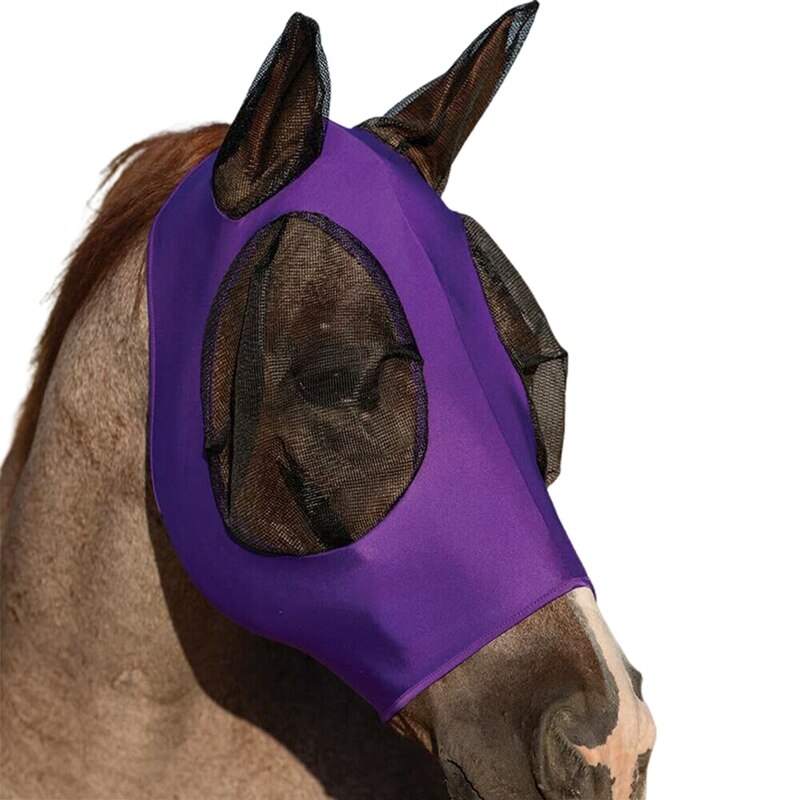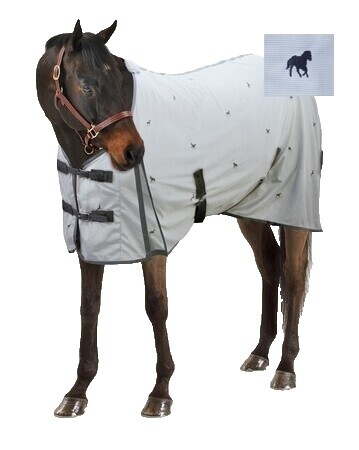Fly Mask Fit and Feature Comparison for Your Horse

Fly masks are essential protective gear for horses, shielding their eyes, ears, and face from flies, insects, and UV rays. Choosing the right fly mask involves understanding fit, features, and materials to ensure comfort and effectiveness. This article provides a detailed comparison to help you select the best fly mask for your horse.
Why Proper Fly Mask Fit Matters
A well-fitted fly mask prevents irritation, rubbing, and potential injury. Masks that are too tight can cause discomfort and skin sores, while loose masks may slip off or allow insects to reach sensitive areas.
Key Fit Considerations:
- Size: Measure your horse’s head circumference and length from poll to muzzle.
- Adjustability: Look for masks with adjustable straps for a customized fit.
- Coverage: Ensure the mask covers the eyes, ears, and sometimes the muzzle without obstructing vision or breathing.
Features to Compare in Fly Masks
| Feature | Description | Benefit |
|---|---|---|
| Material | Commonly made from mesh, nylon, or polyester | Breathable, durable, and lightweight |
| UV Protection | Some masks include UV-blocking fabric | Protects horse’s skin and eyes from sun |
| Ear Coverage | Full ear covers or cutouts | Protects ears from flies and debris |
| Nose Coverage | Extended panels or no coverage | Shields muzzle from insects |
| Visibility | Clear or tinted mesh | Maintains vision while blocking insects |
| Closure Type | Velcro, buckles, or snaps | Secure fit and easy removal |
Types of Fly Masks
- Basic Fly Mask: Covers eyes and ears, made of lightweight mesh.
- Full Coverage Mask: Includes nose and jaw protection.
- UV Protection Mask: Enhanced fabric to block harmful rays.
- Padded Fly Mask: Extra padding for sensitive horses.
How to Measure Your Horse for a Fly Mask
- Use a soft tape measure.
- Measure around the poll (top of the head behind ears).
- Measure from poll to muzzle tip.
- Measure around the jawline.
- Compare measurements with manufacturer sizing charts.
Tips for Using Fly Masks
- Regularly check for signs of rubbing or irritation.
- Clean masks frequently to prevent dirt buildup.
- Remove masks at night or during rain to avoid moisture issues.
Frequently Asked Questions (FAQ)
Q1: Can fly masks be left on overnight?
A: It’s generally safe but depends on weather and horse behavior. Remove if wet or dirty.
Q2: How often should I replace a fly mask?
A: Replace when damaged or if fit becomes loose.
Q3: Are there fly masks suitable for sensitive skin?
A: Yes, padded and soft fabric masks are designed for sensitive horses.
Choosing the right fly mask ensures your horse stays comfortable and protected during fly season. Consider fit, features, and your horse’s specific needs to make the best choice.
